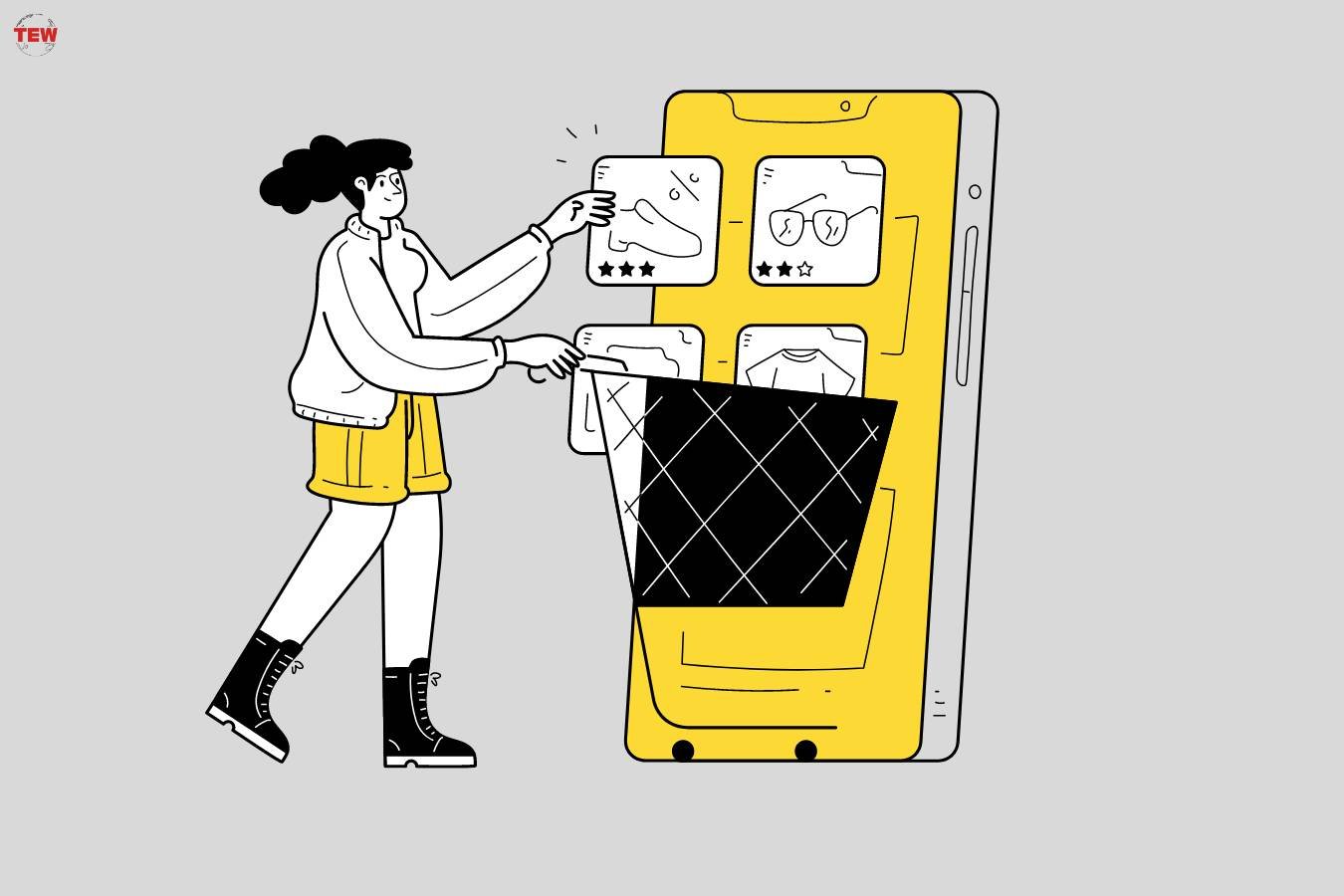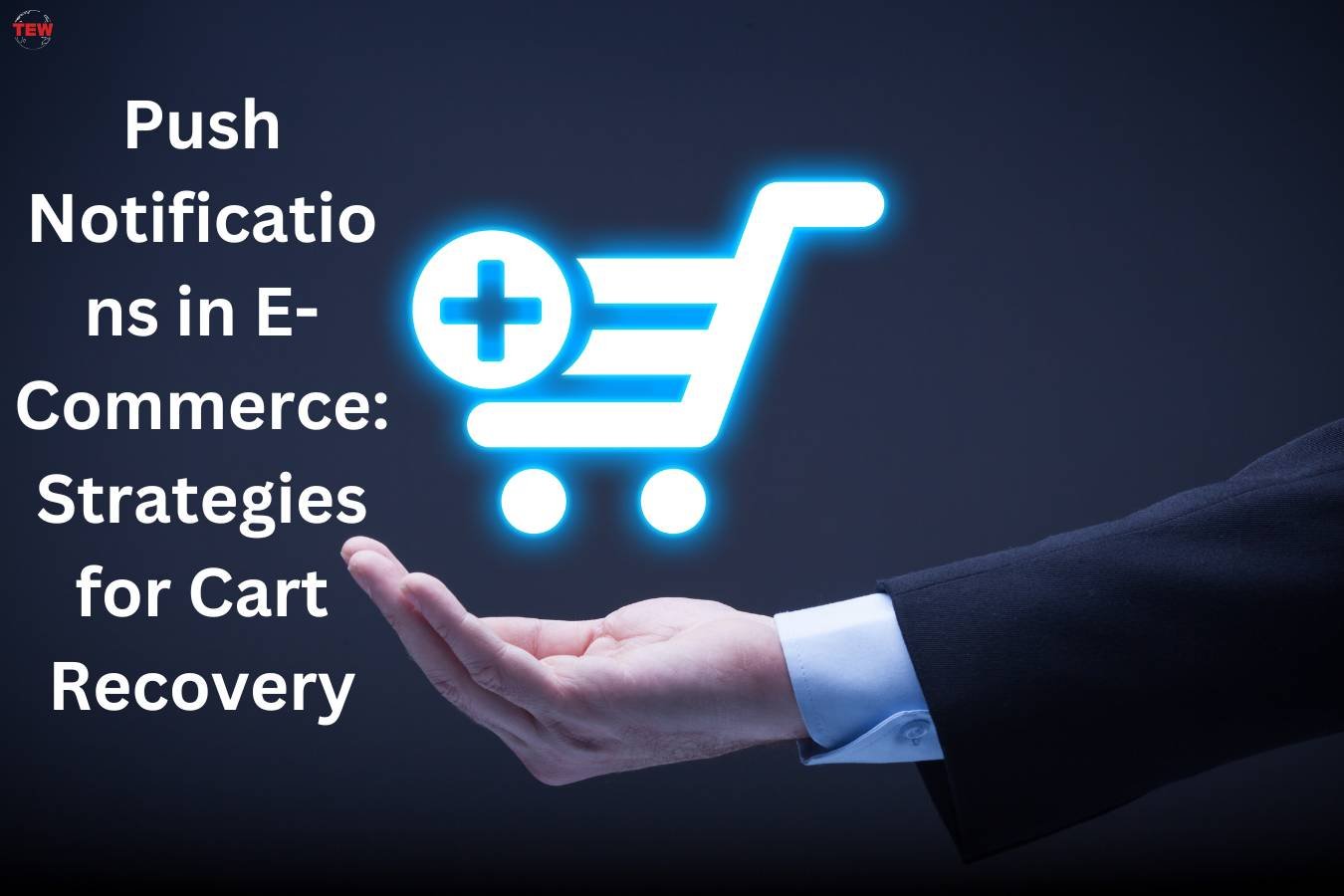In the ever-evolving online shopping landscape, tackling cart abandonment has become a significant challenge for merchants. Seeing potential sales slip away as customers leave their items in their virtual carts without completing the purchase is disheartening. But fear not, there’s a powerful tool at our disposal to address this issue and recover those lost sales – push notifications.
Push notifications in e-commerce allow businesses to re-engage with customers who have abandoned their carts, encouraging them to return and finalize their purchases. These notifications act as gentle nudges, reminding customers of the items they left behind and enticing them to take action. In this blog post, we’ll dive into the world of push notifications and explore practical strategies for crafting successful push notification campaigns that can help reclaim those abandoned carts. Let’s start by understanding what is push notification, how it works, and other intricacies to bridge the gap between customers and their incomplete purchases.
Understanding Push Notifications in E-Commerce

Before we delve into the tactics for cart recovery using push notifications in e-commerce, let’s first grasp what they are and how they function. A push notification is a message on a user’s device after being received from an app or website. Typically, it contains information about an event. Update that requires immediate attention from the recipient. One of the advantages of push notifications is their ability to be sent at any time, even when users are not actively engaged with your app or browsing your website. These messages appear as banners or badges on smartphones, tablets, laptops, and desktop computers.
Using Push Notifications in E-Commerce to Recover Abandoned Carts
By implementing targeted push notification campaigns aimed at individuals who have left their carts behind on your website or mobile app, you can encourage them to revisit their shopping journey and finish the checkout process. Here are some effective strategies for creating engaging messages;
1. Make it Personal
Personalization plays a role in making customers feel valued by your brand. Start by addressing recipients by their name by using generic terms like “valued customer” in the opening lines of your message. For example, “Hey John! We noticed you left something behind.” rather than “Dear Valued Customer.”
2. Create a Sense of Urgency

Creating a sense of urgency with marketing words is always a way to prompt potential customers to take action, phrases like “limited time offer” or “exclusive sale.” Encouraging them to make decisions can be the driving force behind cart recovery. Example; “Don’t miss out on our holiday sale. Complete your purchase before the countdown ends!”
3. Provide Incentives
Offering rewards such as discounts, shipping, or coupon codes might be what customers need to motivate them to complete their checkout—the reason why abandoned cart notifications work well when combined with personalized deals.
4. Avoid being too intrusive
It’s crucial to refrain from bombarding customers with notifications. This can quickly turn them off from achieving your goal of increasing sales. Timing plays a role that should be noticed; sending many bothersome reminders may create a negative impression, ultimately discouraging impulsive purchases.
5. Including a Call To Action (CTA)
Conclude each notification message with a noticeable and easy-to-find call to action that seamlessly directs users back to their shopping experience, guiding them where needed. For instance, strategically placing “Add to Cart,” “Checkout,” or “Learn More” buttons in locations like swipe-right banner ads on devices can simplify the logistics for shoppers and increase conversion rates.
Implementing Strategy To Push Notifications in E-Commerce
So, how do you craft a push notification strategy? Here are a few tips to consider;
1. Understand Customer Behavior

It’s crucial to analyze and comprehend your website analytics data to create a push notification campaign. Pay attention to demographics such as location and time zone. This information will provide insights into buyer behavior patterns, including traffic spikes during peak periods in time zones.
2. Know Your Target Audience
Identifying the proper recipients for specific push notifications requires understanding demographic data. Gain insight into customers’ preferences based on their purchases. This will help determine what special deals and offerings are more likely to convert them. By targeting a group effectively, you can significantly increase retail spending.
3. Be Creative
Crafting engaging and compelling messages is crucial. Use attention-grabbing phrases that relate to their purchase experience. Create content that captures their interest and resonates with what they know about your brand. Incorporating multimedia elements like flashing images or GIFs in banner notifications can help recapture customers’ attention creatively.
4. Track Results
Measuring the success of each notification campaign requires tracking conversion rates, analyzing data, gathering customer feedback, and evaluating campaign performance indicators. These factors play a role in assessing the effectiveness of your efforts.
Bottom Line
In summary, incorporating push notifications in e-commerce is an approach to regain sales by motivating shoppers who abandoned their carts to return and complete their purchases. By considering factors such as notification frequency, duration, and personalized reminders, implementing this tactic can have a lasting impact on business growth and marketing strategies through increased engagement and conversion rates facilitated by notification services.




